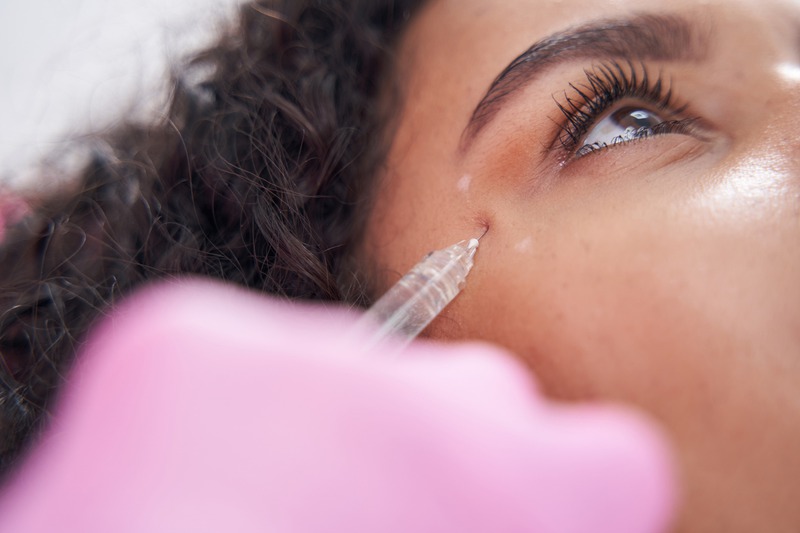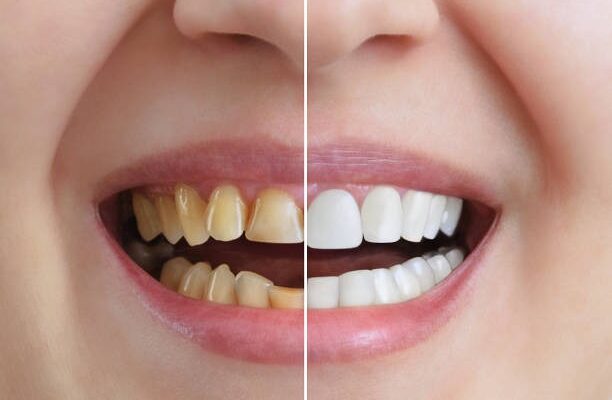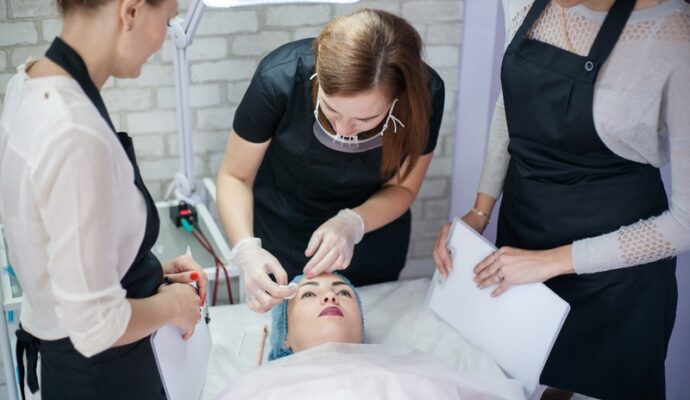Microneedling has become a popular skincare treatment, showing up on social media feeds, in dermatologists’ offices, and at beauty clinics. But if you’re new to this world, what exactly is microneedling? Microneedling, sometimes called collagen induction therapy, involves using a device covered in tiny needles to create thousands of small punctures on the surface of the skin. These tiny injuries stimulate your skin’s natural healing process, encouraging collagen and elastin production—two proteins that help keep your skin firm, smooth, and youthful.
Why Do People Try Microneedling?
People try microneedling for a variety of reasons:
-
To reduce fine lines and wrinkles
-
To minimize acne scars
-
To address large pores
-
To even skin tone and texture
-
To treat sun damage and hyperpigmentation
-
To improve the appearance of stretch marks
-
To rejuvenate overall skin firmness and radiance
Since it promises so much, you might wonder—can everyone benefit safely from microneedling? Let’s look at how this treatment interacts with different skin types and concerns.
How Does Microneedling Affect Different Skin Types?
Skin isn’t one-size-fits-all. It varies in color, thickness, sensitivity, oiliness, and other characteristics. Here’s how microneedling plays out for the most common skin types:
Oily Skin
Oily skin often deals with enlarged pores, frequent breakouts, and sometimes acne scars. Microneedling can actually help by regulating oil production and reducing congestion in pores. It can also smooth out skin texture, fading old acne marks over time.
Dry Skin
People with dry skin worry about irritation, flakiness, and redness. So, is microneedling safe for dry skin? In most cases, yes. When done correctly and combined with soothing serums (think hyaluronic acid), it can improve moisture retention and give dry skin a healthy, glowing look. Still, dryness means your skin barrier is already a bit compromised, so extra aftercare and hydration are essential.
Combination Skin
Combination skin—oily in some spots and dry in others—can be tough to balance. Microneedling can help even things out, targeting different problem areas at once. Treatment settings may be adjusted for different regions so that professionals can account for both oiliness and sensitivity.
Sensitive Skin
People with sensitive skin are right to approach new treatments with caution. Microneedling can be performed on sensitive skin, but it’s critical to select a skilled provider and start with gentler settings. Patch-testing, slower needle speeds, and medical-grade serums can reduce the risk of adverse reactions.
Darker Skin Tones
There’s a lot of talk about whether microneedling is safe for people with deeper skin tones. The good news is, microneedling is generally considered safe for all complexions because it doesn’t use heat or harsh chemicals, which can trigger hyperpigmentation in darker skin. However, it’s still important to work with a practitioner who understands the needs of melanin-rich skin to reduce the risk of post-inflammatory pigmentation.
Microneedling for Specific Skin Concerns
Microneedling is versatile, but every skin concern has unique needs. Here’s a breakdown of how it can help different issues:
Acne Scars
Collagen induction is especially beneficial for improving the texture and depth of acne scars. Multiple sessions will likely be needed, and pairing microneedling with other treatments (like certain serums or light therapies) can offer better results for deep or rolling scars.
Active Acne
Microneedling Scottsdale is not generally recommended if you have moderate to severe active acne. The process may irritate existing lesions, potentially spreading bacteria and causing more breakouts. Treating acne first is often the best route.
Wrinkles and Fine Lines
One of the main reasons people turn to microneedling is to diminish lines and wrinkles. The renewed collagen and elastin restore some lost suppleness, making fine lines less visible and supporting firmer, plumper skin.
Hyperpigmentation and Sun Damage
Microneedling speeds up cell turnover, helping fade dark spots and sun damage. When used in combination with lightning serums, it’s an effective, low-risk option for most skin tones.
Risks and Possible Side Effects
While microneedling is considered relatively safe, there are still risks, especially when performed improperly.
-
Redness, swelling, and mild irritation are common for a few days post-procedure.
-
Rarely, infection or bruising can occur if proper sterilization isn’t followed.
-
With at-home devices, the risk of injury or scarring rises if used incorrectly.
-
People prone to keloid scars or with certain skin conditions (like eczema, psoriasis, or rosacea) may not be good candidates.
What to Expect During Your Appointment
Your first microneedling session doesn’t have to feel intimidating. The process usually starts with a consultation, during which the provider examines your skin, discusses your goals, and builds a personalized plan for you. If you’re also interested in complementary treatments such as Botox in Scottsdale, this is a great time to discuss those options. After cleansing your face, a numbing cream is applied. Most people say the procedure feels like light sandpaper brushing over the skin, not outright pain.
Step-by-Step Breakdown
-
Skin Cleansing: Any makeup or dirt is removed.
-
Numbing Cream: Applied to minimize discomfort.
-
Microneedling: The provider glides the microneedling device over targeted areas.
-
Aftercare Serums: Custom serums are applied for hydration and healing.
-
Post-Treatment Instructions: Gentle skincare and sun protection are vital for the next few days.
Aftercare Tips for All Skin Types
Proper aftercare can make a world of difference in your recovery and the final results. Here are some tips to keep in mind:
-
Avoid direct sunlight and always use SPF.
-
Skip makeup and heavy creams for at least 24-48 hours.
-
Stick to gentle, hydrating cleansers.
-
Don’t pick or scratch at dry or flaky patches.
-
Stay away from exfoliants and acidic products until the skin heals.
Hydration is your best friend. Serums rich in hyaluronic acid, peptides, and ceramides can help your skin bounce back faster.
Professional vs At-Home Microneedling
DIY microneedling devices are widely available, but they aren’t the same as professional treatments. Home devices usually use smaller needles and can offer very mild results, while professional practitioners can use deeper needles tailored to your skin goals to trigger greater collagen renewal. There’s also more risk of side effects, infection, or unsatisfying outcomes when trying it yourself without training.
Suppose you’re searching for a luxurious skin treatment like you’d find at a med spa in Scottsdale, AZ. In that case, professional microneedling is often the safer, more effective choice—especially for anyone dealing with tough scars or pigmented spots.
Who Might Not Be a Good Candidate?
There are a few situations where microneedling might not be the best fit. If any of the following describe you, make sure you consult a skin expert or dermatologist first:
-
Active acne breakouts or open wounds
-
Severe eczema, rosacea, or psoriasis flares
-
Keloid scarring history
-
Ongoing skin infections (like cold sores)
-
Recent use of certain medications, like strong retinoids
-
Blood clotting disorders or recent use of anticoagulant therapy
Pregnant or breastfeeding people should also check with a medical professional before scheduling a session, since some post-procedure serums aren’t tested for safety in pregnancy.
Final Thoughts
In conclusion, microneedling offers a versatile, science-backed approach for addressing a variety of skin concerns, from fine lines and scars to uneven tone and texture. Its suitability for different skin types and tones makes it a popular treatment option, but professional guidance is essential to ensure safety and optimal results. While microneedling isn’t ideal for everyone, especially those with certain skin conditions or active infections, most people can achieve significant improvements in skin radiance and firmness with proper care, aftercare, and the expertise of a skilled practitioner.




